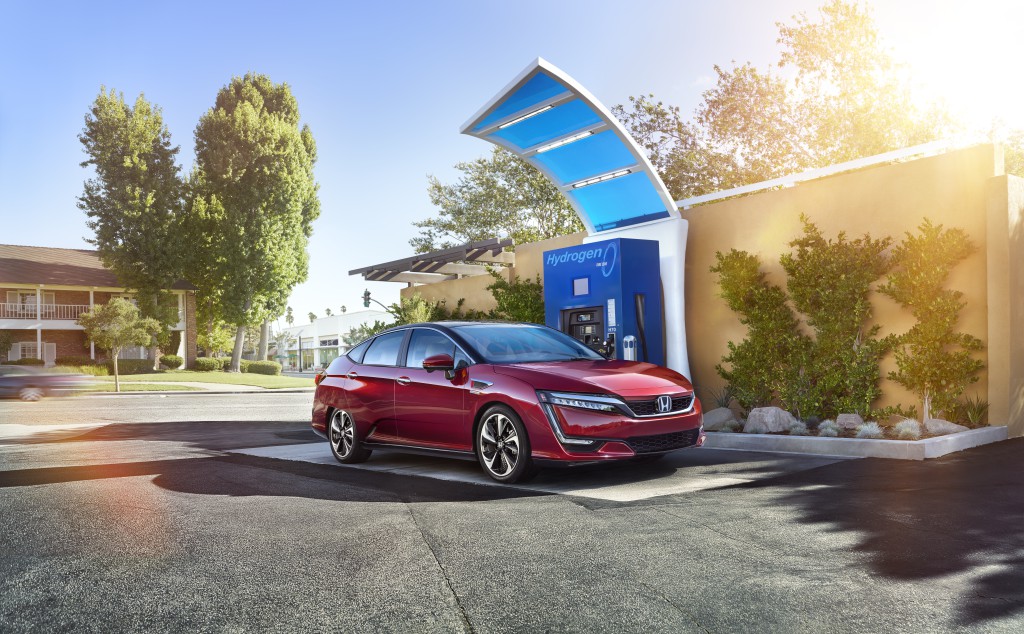With news stories literally every day about autonomous vehicle tests, and the growing number of plug-in electric vehicles on sale, the future is ... well, up in the air.
Readers of this site tend to be more future-oriented than many car buyers, so we polled our Twitter followers about their views of the matter.
We asked what they thought they would be driving 10 years from now.
DON'T MISS: What will be your next green-car purchase? Poll results
The answers were encouraging, in that six out of 10 expected to have at least one zero-emission vehicle in their fleet—which would, most likely, be a battery-electric model.
Stronger yet, 43 percent said they would be driving only zero-emission vehicles.
(Which, to be fair, might include a hydrogen fuel-cell car or SUV as well.)
Ten years from now, will you be driving:
— Green Car Reports (@GreenCarReports) December 27, 2016
Another 31 percent expected to be "driving" autonomous cars. (Perhaps we should have phrased the question slightly differently ...)
And 17 percent of respondents expected to drive one zero-emission vehicle, along with one "something else" that we didn't otherwise specify.
ALSO SEE: Which green-car technology will matter least in 2025? Poll results
Tellingly, only 9 percent of the survey participants expected to be driving "about the same [cars] as now" in 10 years.
Which we read to indicate that automotive technology, both in self-driving capabilities and lower- or no-emission drivetrains, really will change within that period.

2017 Honda Clarity Fuel Cell
That said, it's important to recognize how slowly the overall vehicle fleet on North American roads actually changes.
The average car in the U.S. today is now 12 years old, the oldest it's been since World War II.
That's due to a combination of improved durability and reliability and lingering effects from the great recession of 2008 through 2012.
CHECK OUT: Which electric car will history view as most important? Poll results
Even if this site's readers are accurate, and more than half of them have at least one battery-electric or hydrogen-powered vehicle as a daily driver, the overall composition of vehicles on the road won't reflect that.
It will take two decades or more for the overall U.S. fleet of 250 million vehicles to see a noticeable percentage of no-emission cars on the roads.
Which means, we'd suggest, that you all should buy your electric cars sooner rather than later.
_______________________________________













